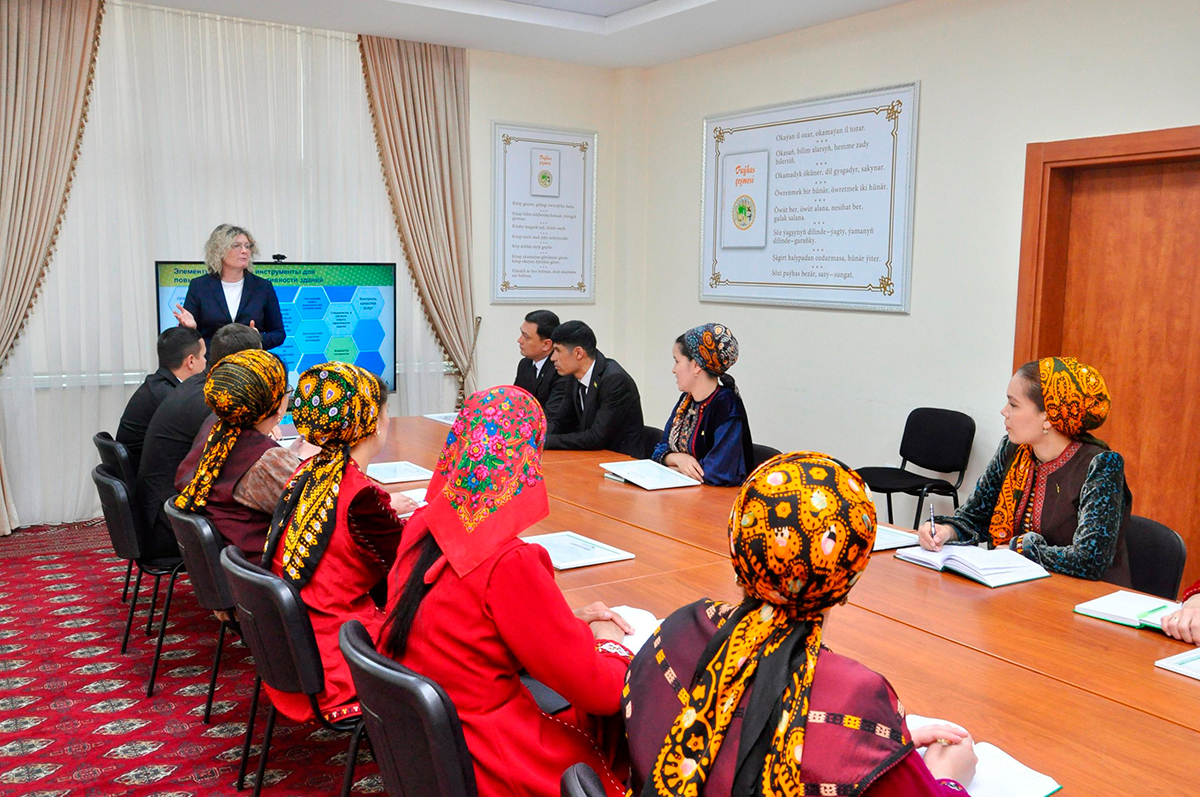The Amu Darya State Nature Reserve, located in the Lebap Velayat, is one of the rich reserves that impresses with its unique features and natural beauty.
The reserve was established in 1982 for the purpose of scientific study and conservation of the ecological systems of forests surrounding the middle course of the Amu Darya River and its banks. It also includes Goreldi, Gabakly and Nargiz departments of the reserve, as well as the Kelif Reserve.
The Kelif Reserve is located in the south-east of the Karakum Mountains in the Khalach and Kerki etraps of the Lebap Velayat and covers an area of 103 thousand hectares. Six thousand 500 hectares of the reserve are covered with coastal forests, and 36 thousand 320 hectares occupy separate areas of the Karakum and Kyzylkum deserts. As in the entire territory of the Amu Darya Reserve, in the part located in the deserts of Karakum and Kyzylkum, constant work is underway to preserve and multiply desert plants. To this end, thousands of native desert plants are planted in the nursery every year, and recently the planting of desert plants has begun.
According to experts working here, seedlings grown from seeds are suitable for planting in desert areas in 3-4 years. New seedlings are planted in the desert areas of the reserve, mainly in areas adjacent to settlements. There are plots in these territories, separating forests, wetlands and reeds, sand dunes, sparse and dense forests. The flora of the reserve is also distinguished by its diversity. There are more than 225 species of highly structured plants growing here, and as a result of scientific research it has been established that there are 125 of them in the desert fields of the reserve. Of these, 15 medicinal plants are found in deserts.
The forest strips are mainly dominated by such trees as cypress, petde, igde, and dzungars. Dense jungles surrounded by reeds, cypress, beech, oak and reeds are the main habitat of forest animals.
Zoo staff are working on the implementation of environmental policy and the preservation of natural beauty.








